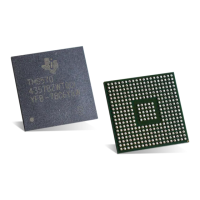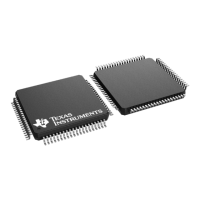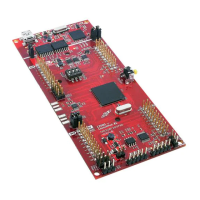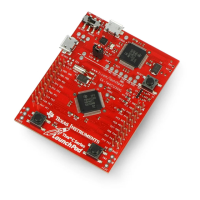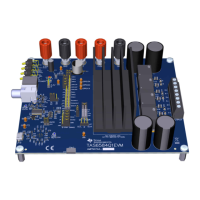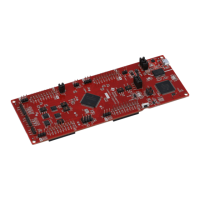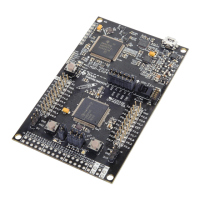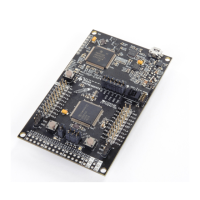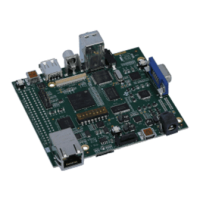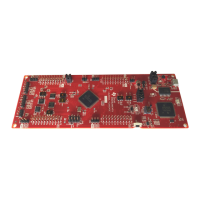122
TMS570LS0714
SPNS226E –JUNE 2013–REVISED NOVEMBER 2016
www.ti.com
Submit Documentation Feedback
Product Folder Links: TMS570LS0714
Peripheral Information and Electrical Specifications Copyright © 2013–2016, Texas Instruments Incorporated
7.7 Enhanced High-End Timer (N2HET)
The N2HET is an advanced intelligent timer that provides sophisticated timing functions for real-time
applications. The timer is software-controlled, using a reduced instruction set, with a specialized timer
micromachine and an attached I/O port. The N2HET can be used for pulse width modulated outputs,
capture or compare inputs, or general-purpose I/O. The N2HET is especially well suited for applications
requiring multiple sensor information and drive actuators with complex and accurate time pulses.
7.7.1 Features
The N2HET module has the following features:
• Programmable timer for input and output timing functions
• Reduced instruction set (30 instructions) for dedicated time and angle functions
• 160 words of instruction RAM protected by parity
• User-defined number of 25-bit virtual counters for timer, event counters, and angle counters
• 7-bit hardware counters for each pin allow up to 32-bit resolution in conjunction with the 25-bit virtual
counters
• Up to 32 pins usable for input signal measurements or output signal generation
• Programmable suppression filter for each input pin with adjustable limiting frequency
• Low CPU overhead and interrupt load
• Efficient data transfer to or from the CPU memory with dedicated High-End-Timer Transfer Unit (HTU)
or DMA
• Diagnostic capabilities with different loopback mechanisms and pin status readback functionality
7.7.2 N2HET RAM Organization
The timer RAM uses four RAM banks, where each bank has two port access capability. This means that
one RAM address may be written while another address is read. The RAM words are 96 bits wide, which
are split into three 32-bit fields (program, control, and data).
7.7.3 Input Timing Specifications
The N2HET instructions PCNT and WCAP impose some timing constraints on the input signals.
Figure 7-16. N2HET Input Capture Timings

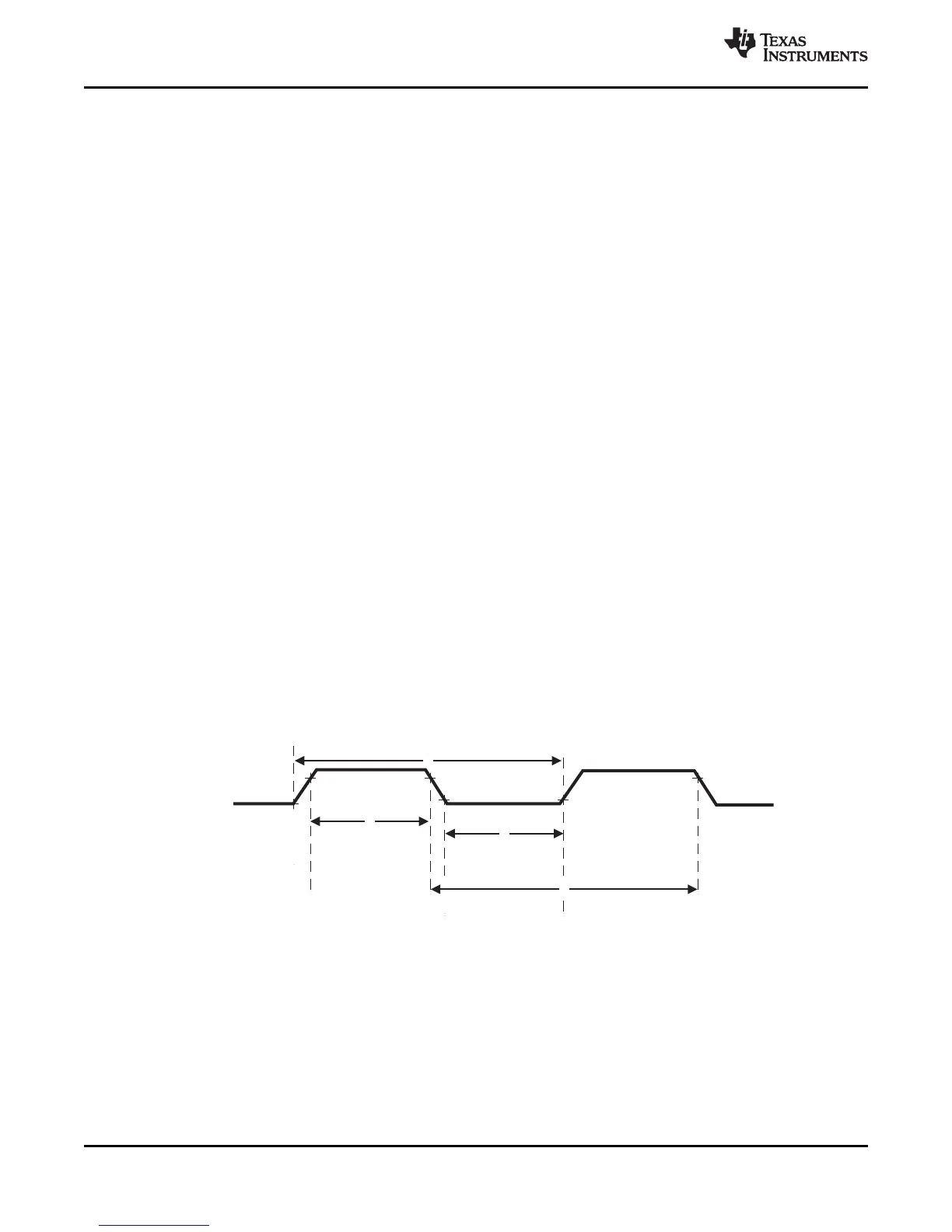